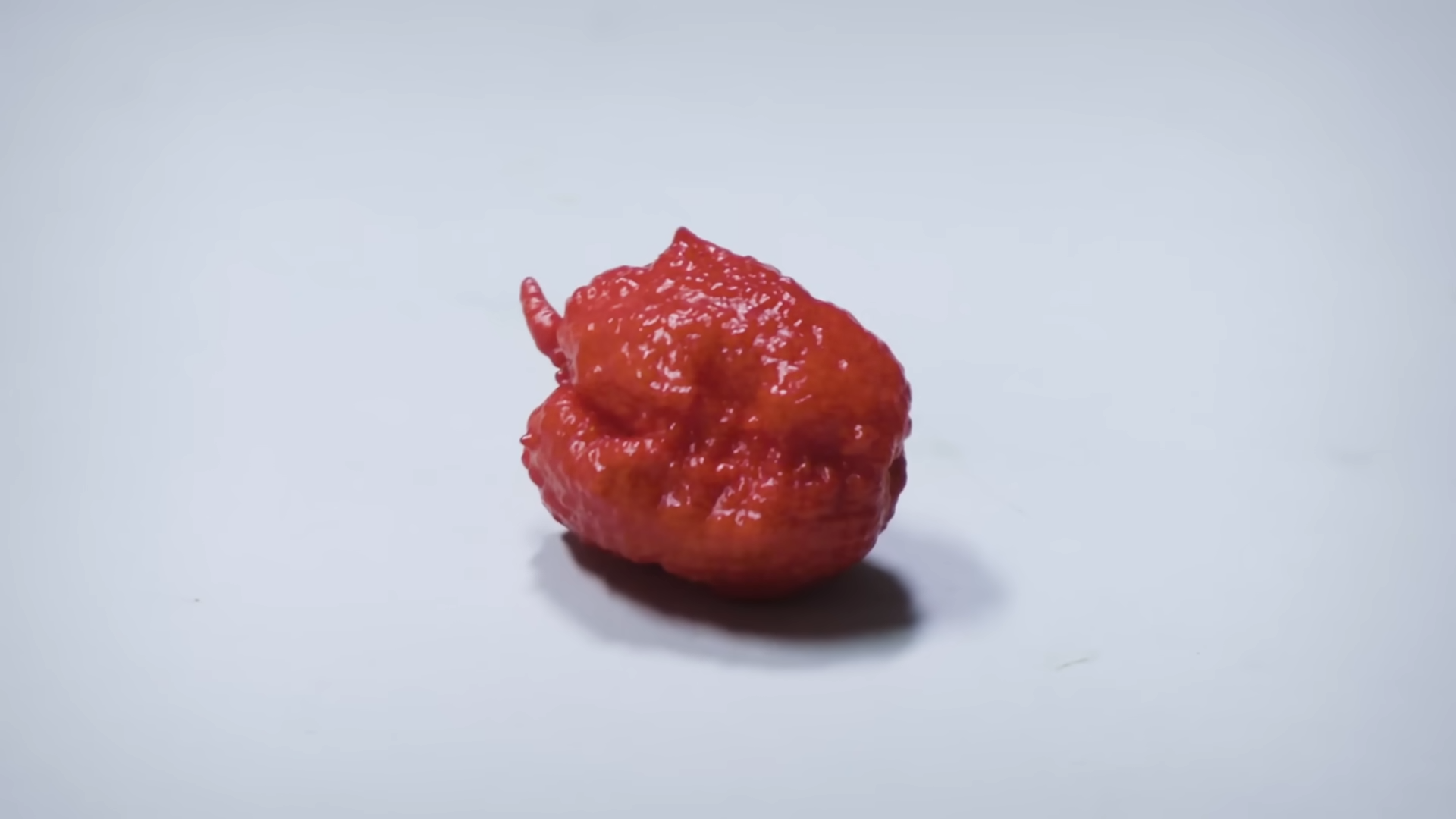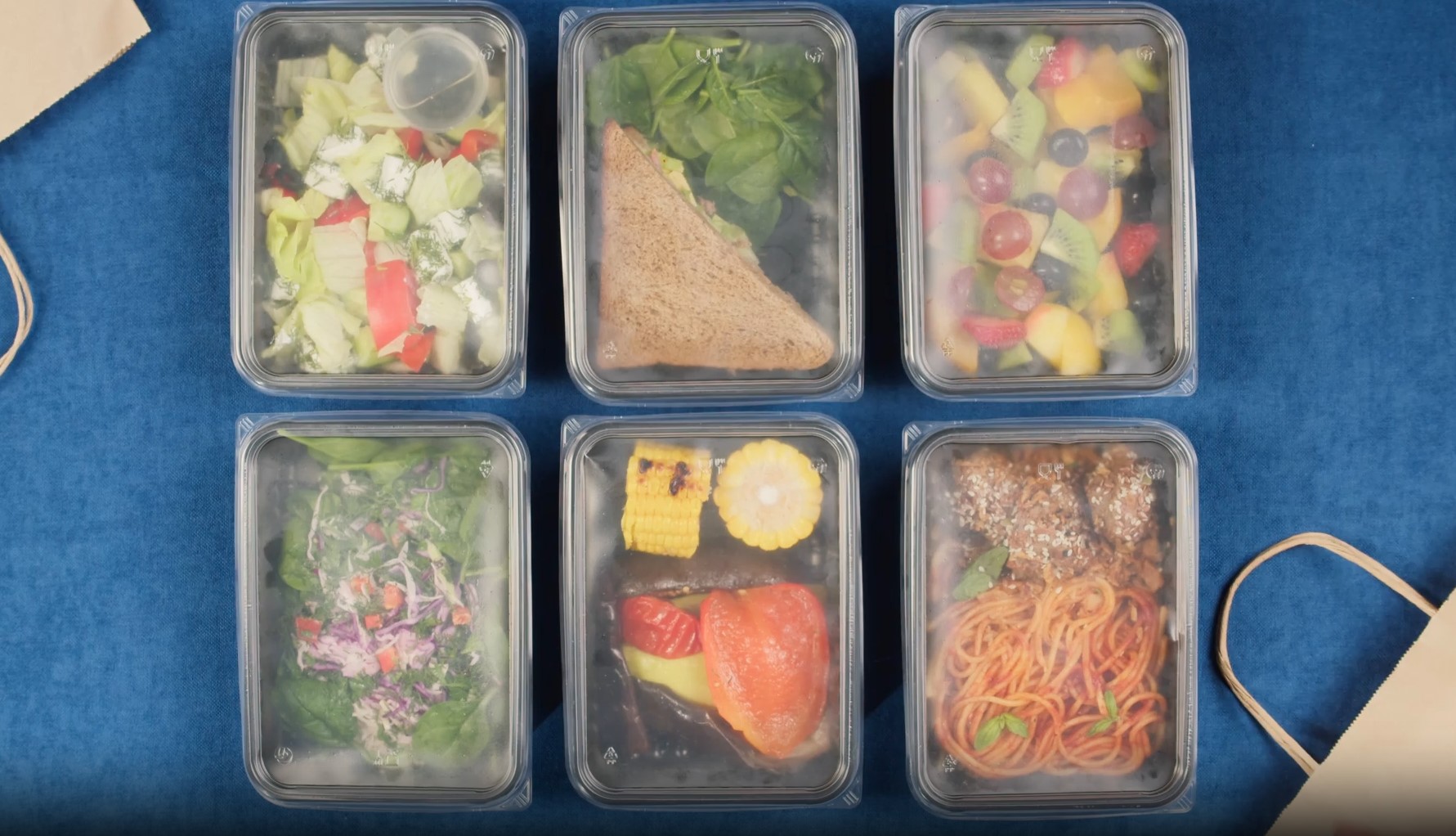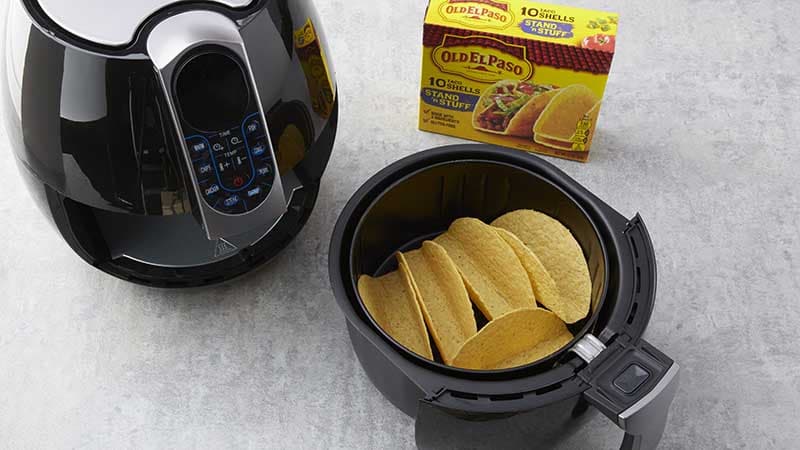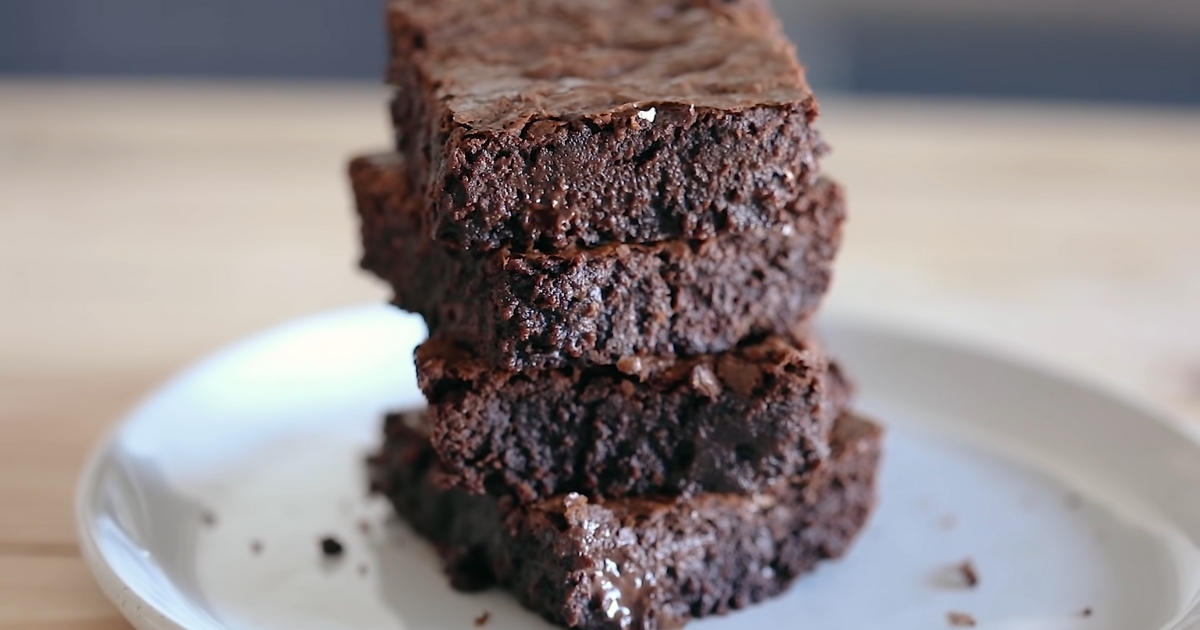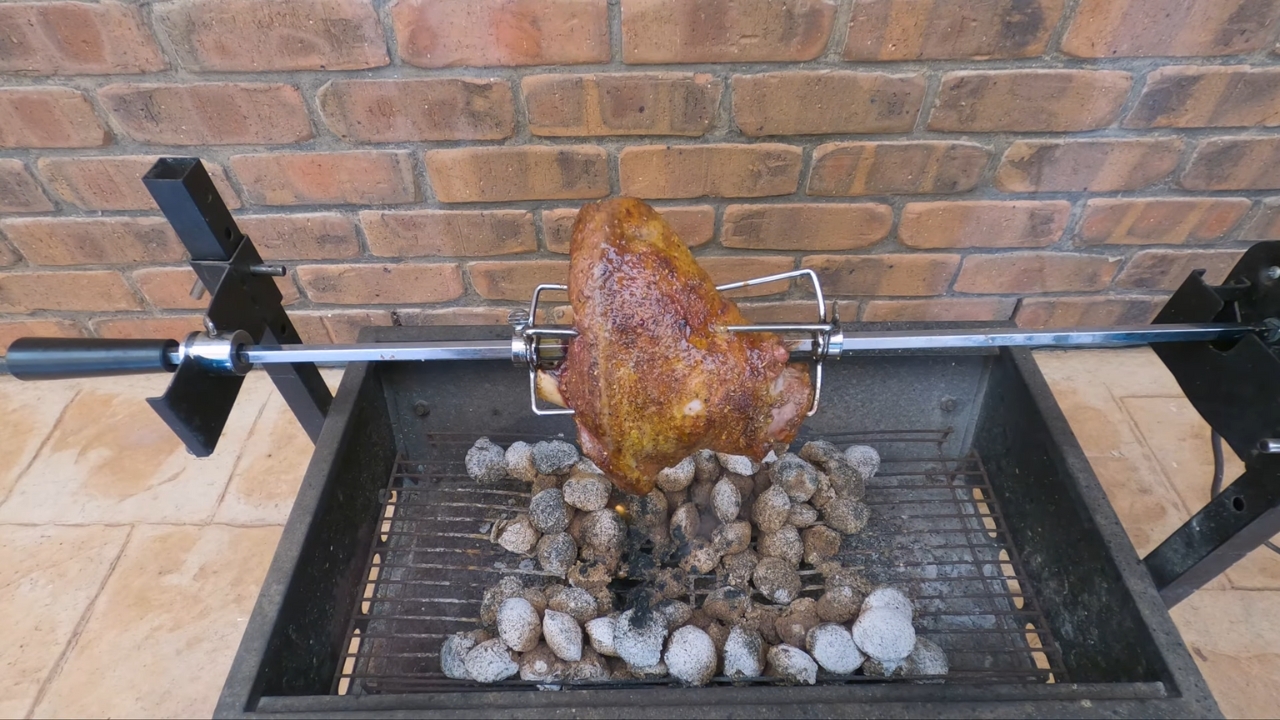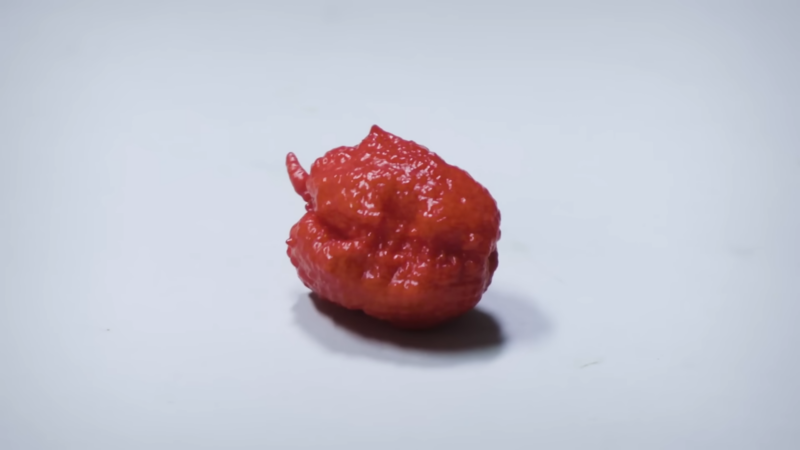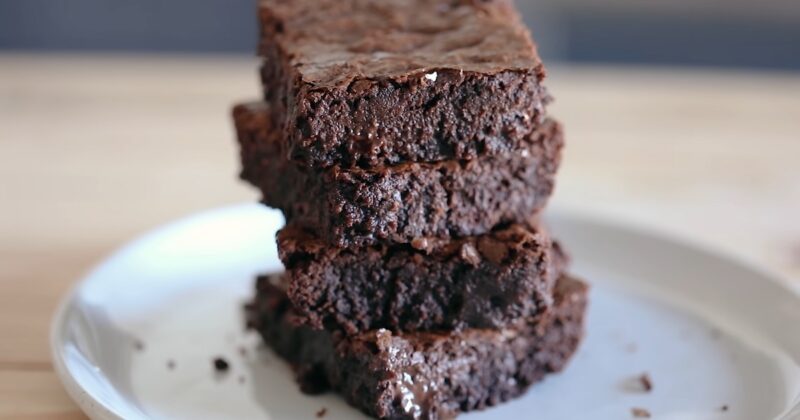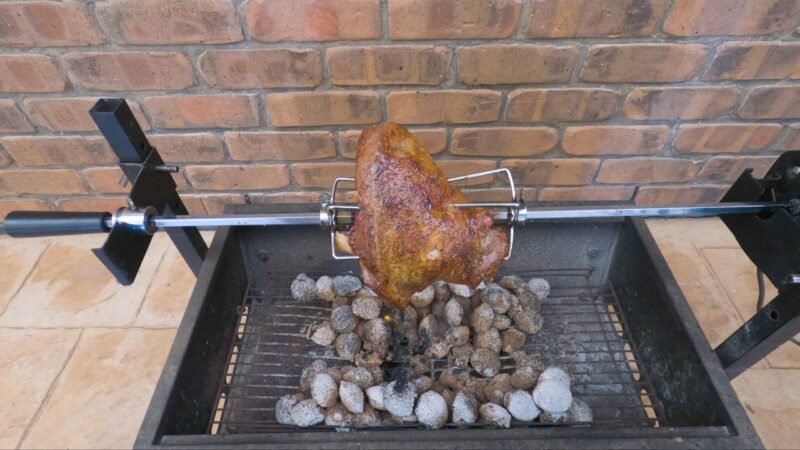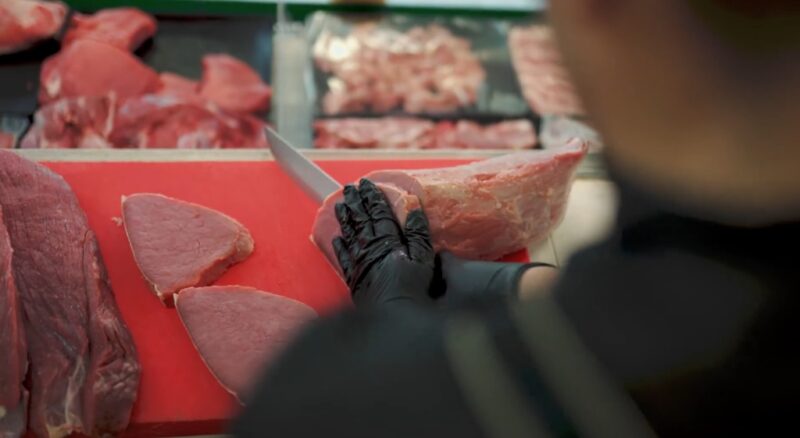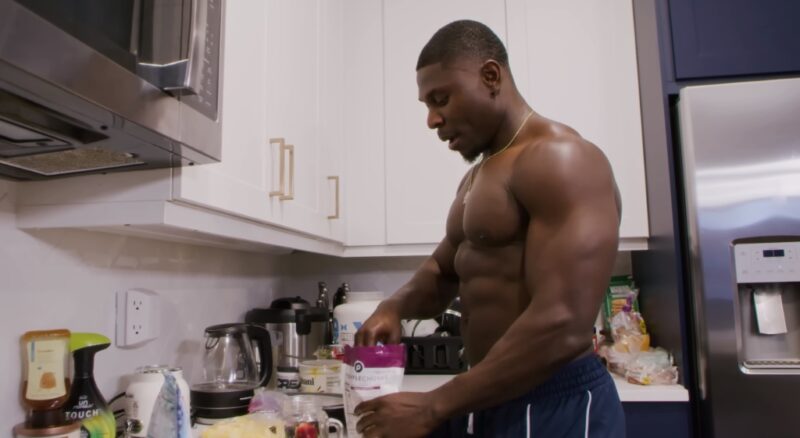
Steakhouses are undeniably some of the most cherished dining establishments nationwide. They’re renowned for their vibrant, upscale ambiance and are perfect for marking special occasions. However, there may be times when you’d prefer to bask in the comfort of your home, either to economize or simply because swapping your cozy loungewear for formal attire doesn’t appeal. Luckily, no rule states that a sumptuous steakhouse experience can’t be recreated within your own four walls.
Whether your preference leans towards a juicy rib-eye, a robust T-bone, or a succulent porterhouse steak, these expert guidelines will enable you to transform your humble kitchen or dining space into your steakhouse.
Table of Contents
ToggleMake a Careful Selection of Your Steaks
Choosing the perfect steak for your homemade feast isn’t just a trip to the supermarket; it’s about understanding the delicate dance between marbling and tenderness, cut and flavor. Now, we hear you saying, “But my toddler won’t eat meat!” Here’s a little secret advice from myserenitykids.com: the right steak could change that.
Opting for tender cuts like filet mignon or ribeye can be a game-changer. They’re not just succulent, they’re also easy on those tiny teeth. Next time you’re buying steak, take a moment. Think about the cut, the thickness, the marbling. Choosing your steak carefully is the first step towards a delightful meal that might turn your little one into a steak lover.
Don’t Cook Your Steaks When They Are Still Cold
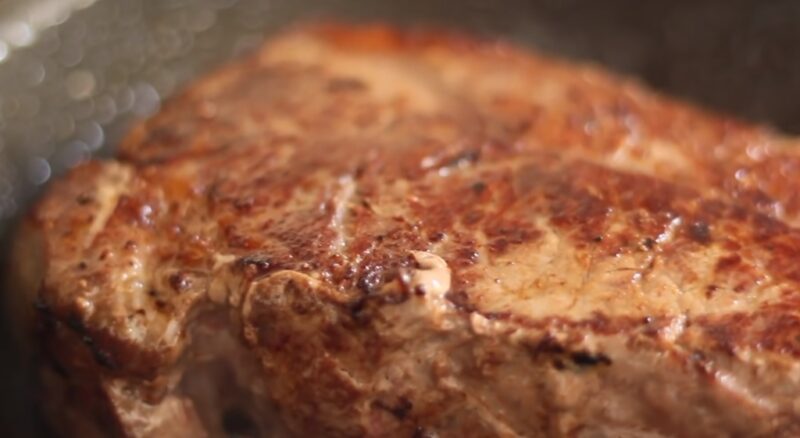
Imagine biting into your steak, expecting a uniform burst of juicy tenderness, only to encounter an unevenly cooked piece, with some parts overcooked and others practically raw. That’s the unfortunate reality when you cook a cold steak.
When a steak is too cold, it leads to uneven cooking. This results in a steak that’s well done on the outside but still practically raw on the inside. Moreover, the flavor and texture of the meat can be seriously distorted, robbing you of the succulent steak experience you deserve.
The solution is simple: let your steak reach room temperature before it hits the pan. You can achieve this by taking your steak from the fridge and letting it sit for at least 45 to 60 minutes. This relaxes the meat fibers, producing a more tender and evenly cooked steak.
We encourage you to give your steak the time it needs. However, you can speed up the process by placing it in a sealed plastic bag and submerging it in warm (not hot) water. Just be careful not to go overboard.
Be Liberal in Salting Your Steaks
Salting your steak generously is critical in achieving the perfect home-cooked steak. This process involves a liberal application of Kosher salt to both sides of the steak. The science behind this is simple yet effective: salt draws out the meat’s natural juices, which dissolve the salt to create a brine. This brine is reabsorbed into the steak. It then subsequently breaks down lean muscle proteins, which enhances the juiciness and tenderness of the meat.
To add more flavor, use other seasonings like black pepper, garlic powder, or onion powder before cooking. Steak should be salted an hour before cooking. However, tougher or thicker cuts may require up to two hours for the salt to fully penetrate and tenderize the meat. Before salting, pat down the steak with a paper towel to remove excess moisture. This helps to achieve a desirable crispy crust when cooked.
Cooking on the Grills
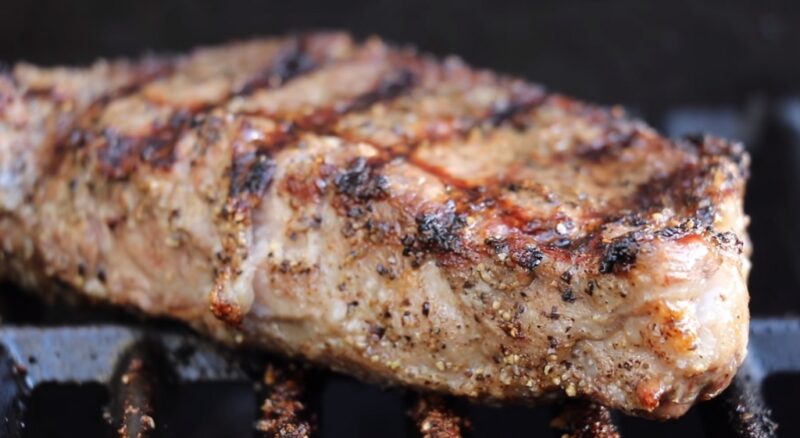
Before you start grilling your steak, ensure your grill is clean. A dirty grill might contaminate your food and lead to health issues. So the initial step involves cleaning your grill to eradicate any remnants of food particles, carbon deposits, grime, and potential mold that might be lodged in the grates or other parts of the grill.
Prepare your steak well in advance, ideally an hour before cooking. After patting the steak dry with paper towels, lightly brush them with olive oil. Generously season the steak with Kosher salt, ensuring an even coating on both sides before grilling.
Your grill should be adequately heated to cook the steaks. Preheat it to a high-temperature range of 450°F to 500°F. Pat your steak dry with paper towels before cooking to achieve a perfectly crispy sear.
While grilling, keep flipping the steak on both sides. Monitor the temperature using a meat thermometer. (Recommended temperatures: Medium-Rare: 130°F to 135°F; Medium: 140°F to 145°F; Medium-Well: 150°F to 155°F; Well-done: 160°F)
For grilling larger or thicker cuts, you might need to shut the lid to maintain an elevated and consistent temperature for evenly cooked steak. After the steak has attained the desired temperature, remove it from the grill and let it settle for five to 10 minutes, covered in aluminum foil. This resting period allows the juices to spread throughout the steak, enhancing its flavor.
Cooking Steak in the Oven
For substantial cuts like ribeye, it’s essential to heat your oven to 450°F in advance. If you’re working with thinner slices such as flank or skirt steak, the broiler function of your oven is your best friend. Just remember to let it warm up for around 10 minutes.
The steak must be entirely defrosted before cooking. Once it’s at room temperature, dab it dry and lightly coat it with extra light olive oil. Subsequently, evenly spread your choice of seasoning over the meat.
After seasoning, pat the steak dry again before placing it on a sheet pan. Cooking steak in an oven is thorough, so there’s no need to constantly flip it. However, investing in a meat thermometer is highly advisable. It helps determine when your steak has reached the desired level of doneness.
Once ready remove the sheet pan from the oven. Allow the steak to rest for five minutes before cutting into it. This resting period lets the juices redistribute throughout the steak, enhancing its flavor.
Remember to space them out on the sheet pan if you’re cooking multiple steaks. This prevents them from sticking together and ensures even cooking. Remember, they can also be cooked individually if preferred.
A key tip to remember is that steaks continue cooking even after being removed from the heat source. Removing them promptly is crucial once they’ve reached your preferred level of doneness. When it comes to serving your steak, always slice against the grain. This technique makes the meat tender and easier to chew.
When striving to achieve steak perfection in your home kitchen, knowing the art of keeping your steak warm while it rests is an essential skill to master, as discussed in the related article.
Endnote
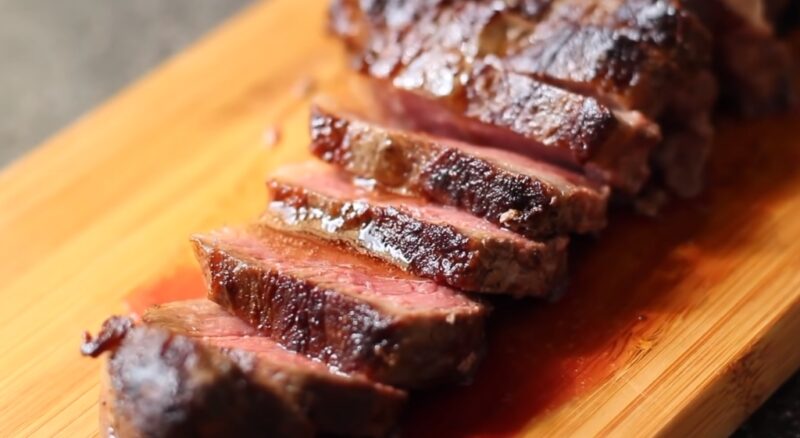
Cooking the perfect steak at home is a unique experience that can offer a great evening of quality food and time shared among family or friends. With these simple steps, you can be sure to get the best results possible for your steak dinner.
Related Posts:
- How to Cook a Thick Steak Like a Steak Master - From…
- How to Grill a Tomahawk Steak - A Guide to Grilling…
- What to Serve With Enchiladas for a Perfect Match? -…
- 7 Ways to Bake the Perfect Brownies - Expert Advice…
- 12 Best Frying Pan for Steak 2023 - Master the Art…
- Every Integral Detail To Know Before Cooking A…

